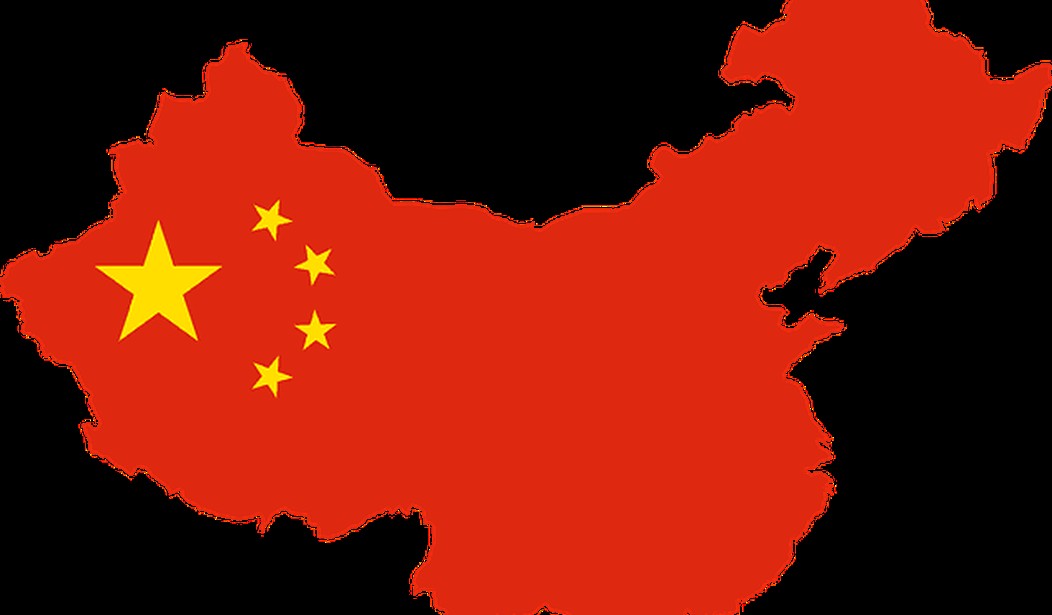China represents an existential threat to the national security of the US in terms of growth of military capabilities but more importantly in the economic realm as they pursue their “Made in China 2025” and Belt-Road initiatives.
The purpose of this thread series is to present the contents of one of those reports in “bite-sized chunks” that are more easily digestible in order to convey a better understanding of the Chinese economy and its long-term challenges to the US and the world. Part I introduced and summarized the Congressional Research Service report, “China’s Economic Rise: History, Trends, Challenges, and Implications for the United States,” which forms the basis for this series. So far, we have covered the report’s summary, a history of China’s economic development since 1979, the two main factors contributing to their development over the years, measuring the size of China’s economy, China’s role as the world’s largest manufacturer, and changes in China’s wage and labor cost advantages. Parts I, II, III, and IV can be found here, here, here, and here.
This part covers foreign direct investment in China and the factors driving the outflow of foreign direct investment from China.
China’s trade and investment reforms and incentives led to a surge in FDI beginning in the early 1990s. Such flows have been a major source of China’s productivity gains and rapid economic and trade growth. There were reportedly 445,244 foreign-invested enterprises (FIEs) registered in China in 2010, employing 55.2 million workers or 15.9% of the urban workforce. As indicated in the figure below, Industrial Output by Foreign-Invested Firms in China as a Share of National Output Total: 1990-2011, FIEs account for a significant share of China’s industrial output.

That level rose from 2.3% in 1990 to a high of 35.9% in 2003, but fell to 25.9% in 2011.28 In addition, FIEs are responsible for a significant level of China’s foreign trade. At their peak, FIEs accounted for 58.3% of Chinese exports in 2005 and 59.7% of imports, but these levels have subsequently fallen, reaching 41.7% and 43.7%, respectively, in 2018. Refer to the figure below, Share of Chinese Merchandise Exports and Imports by Foreign-Invested Enterprises in China: 1990-2018:

The UN Conference on Trade and Development (UNCTAD) reports that China has become a both a major recipient of global FDI as well as a major provider of FDI outflows. Refer to the figure below, Estimates of China’s Annual FDI Inflows and Outflows: 2005-2018:

China’s FDI inflows in 2018 were $139 billion, making it the world’s second-largest recipient of FDI after the United States. China’s FDI outflows have grew rapidly after 2005 and exceeded FDI inflows for the first time in 2015.
China’s FDI outflows reached a historic peak of $196.1 billion in 2016, but declined in 2017 and 2018, reflecting a crackdown by the Chinese government on investment deemed wasteful and well as greater scrutiny by foreign governments of China’s efforts to obtain advanced technology firms and other strategic assets. Still, China was the world’s second-largest source of FDI outflows (after Japan). The sharp increase in China’s global FDI outflows in recent years appears to be largely driven by a number of factors, including Chinese government policies and initiatives to encourage firms to “go global.” The government wants to use FDI to gain access to IPR, technology, know-how, famous brands, etc., in order to move Chinese firms up the value-added chain in manufacturing and services, boost domestic innovation and development of Chinese brands, and help Chinese firms (especially SOEs) to become major global competitors.
China’s slowing economy and rising labor costs have also encouraged greater Chinese overseas FDI in order to help firms diversify risk and expand business opportunities beyond the China market, and, in some cases, to relocate less competitive firms from China to low-cost countries.
China’s Ministry of Foreign Trade (MOFCOM) reports that in 2018, Chinese nonfinancial FDI in BRI countries totaled $15.6 billion, up 8.9% over the previous year. Additionally, increased FDI outflows may be the result of the Chinese government attempting to diversify its foreign exchange reserve holdings (which totaled $3.1 trillion as of April 2019—by far the world’s largest holder).
The largest foreign investors in China (based on FDI stock through 2017) were Hong Kong (52.6% of total), the British Virgin Islands (10.6%), Japan (6.1%), Singapore (4.0%), and Germany (3.2%). Refer to the table below, Chinese Data on Top Ten Sources of China’s FDI Inflows to China: 1979-2017:

A key aspect of China’s economic modernization and growth strategy during the 1980s and 1990s was to attract FDI into China to help boost the development of domestic firms. Investment by Chinese firms abroad was sharply restricted. However, in 2000, China’s leaders initiated a new “go global” strategy, which sought to encourage Chinese firms (primarily SOEs) to invest overseas. One key factor driving this investment is China’s massive accumulation of foreign exchange reserves. Traditionally, a significant level of those reserves has been invested in relatively safe but low-yielding assets, such as U.S. Treasury securities.
On September 29, 2007, the Chinese government officially launched the China Investment Corporation (CIC) in an effort to seek more profitable returns on its foreign exchange reserves and diversify away from its U.S. dollar holdings. The CIC was originally funded at $200 billion, making it one of the world’s largest sovereign wealth funds.
Another factor behind the government’s drive to encourage more outward FDI flows has been to obtain natural resources, such as oil and minerals, deemed by the government as necessary to sustain China’s rapid economic growth.
Finally, the Chinese government has indicated its goal of developing globally competitive Chinese firms with their own brands. Investing in foreign firms, or acquiring them, is viewed as a method for Chinese firms to obtain technology, management skills, and often, internationally recognized brands, needed to help Chinese firms become more globally competitive. For example, in April 2005, Lenovo Group Limited, a Chinese computer company, purchased IBM Corporation’s personal computer division for $1.75 billion.
The largest destinations of cumulative Chinese FDI outflows through 2017 were Hong Kong (54.2% of total), the Cayman Islands (13.9%), the British Virgin Islands (6.7%), and the United States (3.7%). Refer to the table below, Major Destinations of Chinese Nonfinancial FDI Outflows by Stock through 2017:

A significant level of Chinese FDI that goes to Hong Kong, the British Virgin Islands, and the Cayman Islands likely is redirected elsewhere. The American Enterprise Institute (AEI) maintain the China Global Investment Tracker (CGIT), a database that has been developed to track the actual flows (from the parent company to the final destination) of Chinese investment globally. The CGIT database tracks FDI valued at $100 million or more (which it refers to as “China’s outward non-bond investment”). These data differ significantly from official Chinese FDI outflow data. The CGIT data on the top destinations of total Chinese outward non-bond outward investment from 2005 to 2017 included the United States ($172.7 billion), Australia ($103.7 billion), the United Kingdom ($75 billion), Brazil ($61.2 billion), and Russia ($53.8). Refer to the figure below, AEI Estimates of Chinese Cumulative Outward Investment by Major Destination: 2005-2017:

It should be noted the Chinese direct foreign investment is impacted greatly by the ongoing trade war with the US. Chinese banks are teetering due to lack of foreign currency, and Beijing must reduce overseas investments accordingly, putting a crimp in their Belt-Road Initiative. Resetting trade with the US is painful for Beijing, and President Trump is using America’s economic leverage wisely in that regard. Going forward, look for the Chinese to squeeze countries in which they’ve made those investments to get them to pay back their loans, too.
Even the Chinese themselves are projecting their 2020 growth at 5.8%, one of the lowest growth rates in decades (and probably over-estimated like usual!), as noted by the National Institution for Finance and Development (NIFD) in this article. Keep the pressure on, Mr. President!
This part ends here; the next part will cover China’s merchandise trade patterns, including major trading partners and major Chinese trading commodities.
The end.













Join the conversation as a VIP Member